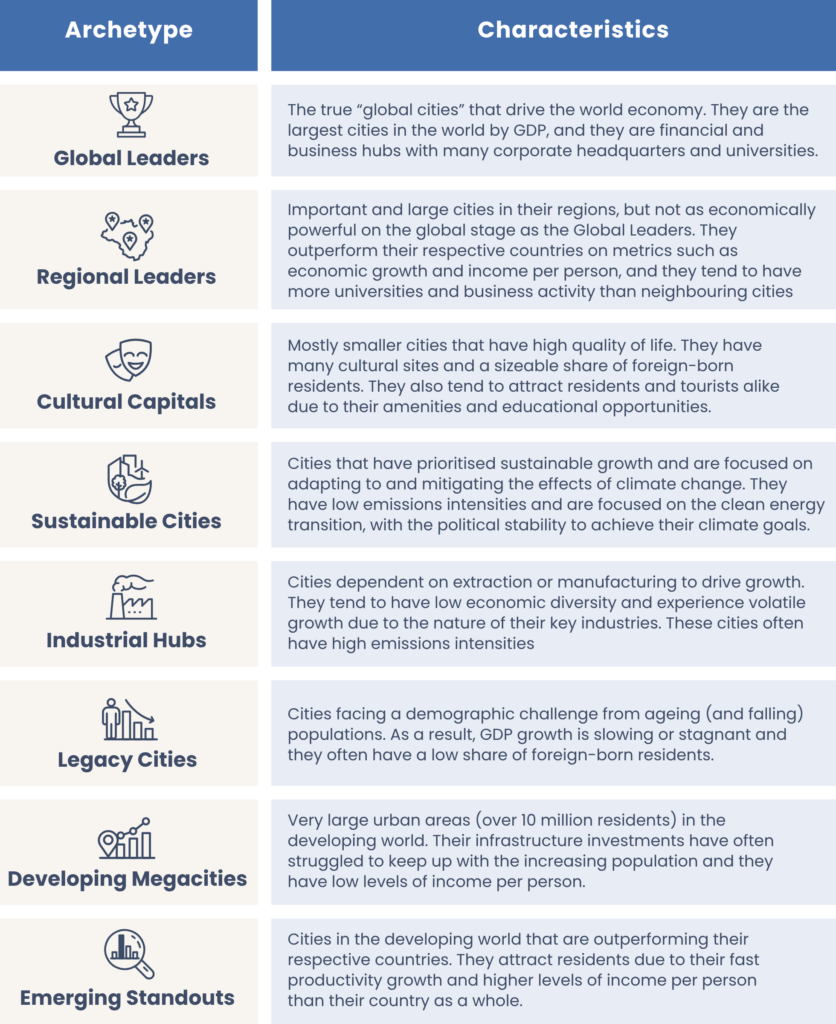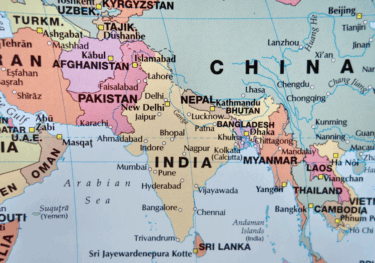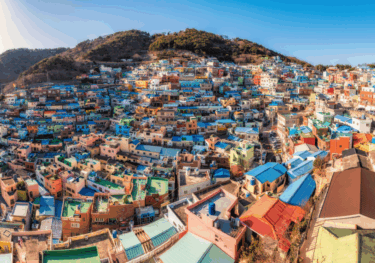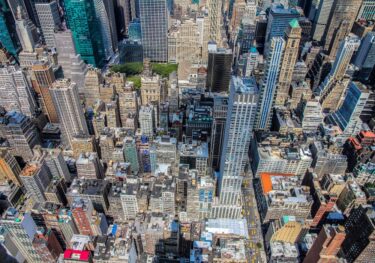City archetypes: A new way to classify cities in the Global Cities Index
We recently updated our Global Cities Index, a comprehensive ranking of the 1,000 largest cities in the world based on their performance in five categories: Economics, Human Capital, Quality of Life, Environment, and Governance. As a part of our analysis this year, we have created a typology of city archetypes to identify common themes across the world’s major cities.
Each city around the world is unique in its structure, outlook, and history, which can make it difficult to evaluate the opportunities and challenges facing cities and to identify appropriate peers for comparison. Classifying the world’s major cities into archetypes reveals some key trends for each group, pinpointing similarities, and—equally important—differences between types of cities. Business leaders and policymakers can use these archetypes to better benchmark a city’s current performance against a subset of similar peers around the world.
Meet the archetypes
We have defined the archetypes using a range of metrics from all five categories of the Global Cities Index, with each archetype focusing on a different set of common traits. Some of the world’s largest and most prominent cities—like New York, London, and Tokyo—belong to more than one classification, reflecting the multifaceted nature of these cities. By design, the archetypes are meant to cover as wide a range of cities as possible, ranging from small island nation capitals to economic behemoths, from developing country megacities to highly specialised hubs in advanced economies. For more information on the archetypes, see the methodology section of the full report.

Comparing the performance of the city archetypes in the Global Cities Index yields interesting findings. The Global Leaders score the highest overall, followed by the Cultural Capitals and Sustainable Cities. The Emerging Standouts have the lowest average score overall.
Across both the Economics and Human Capital categories, the Global Leaders are, unsurprisingly, the strongest performers. This reflects their economic power and their strong pool of well-educated and productive workers. The Global Leaders also perform above average in terms of Quality of Life, but are surpassed by the smaller Cultural Capitals, which may not be as economically powerful but provide a higher standard of living for their residents. The Sustainable Cities have the highest scores in the Environment and Governance categories, highlighting their prioritisation of environmental issues and the strength of their institutions.
Compared to their other developed city peers, the Legacy Cities underperform considerably in terms of Economics and Human Capital, dragged down by ageing demographics and their continuing economic slowdown. Conversely, the Developing Megacities score above average in the Economics and Human Capital categories, despite their less developed urban economies. But this comes with substantial issues in Quality of Life and Governance, where many of the challenges encountered by these cities become evident.
The archetypes face unique challenges and opportunities
In addition to enabling a comparison of peer cities across the index categories, the archetypes also provide a useful lens through which to view the key themes and trends that will shape the future of cities. Some of these trends will provide opportunities for cities to increase economic growth and elevate the quality of life of their residents through a more sustainable future. But others will be more challenging to navigate, risking the progress many cities have made in the past few decades. Each archetype faces different opportunities and challenges, and understanding and capitalising on these will be essential for policymakers and business leaders to ensure a prosperous future for their cities.
Over the next 25 years, we expect the Emerging Standouts to experience the fastest average annual GDP and employment growth, making significant economic gains as they catch up to their more developed peers. The Global Leaders, Cultural Capitals, and Sustainable Cities will grow much more slowly, but they are starting from a much higher level of development, and they will continue see large expansions of their economies and labour markets.
There are several other trends that will shape the future of cities, providing both upside and downside risks to our forecasts. Some of these are not new: climate change, rapid urbanisation, and demographic changes are topics that have been persistent issues for years. But for many cities, newer concerns are emerging, such as institutional instability, deglobalisation, and trade wars.
The way in which cities navigate these challenges and opportunities will determine their future success. Combined with the uncertainty surrounding the short-term global economic outlook, there is significant scope for movements in the Global Cities Index rankings over the coming years. Many cities, from the Global Leaders to the Emerging Standouts, will see massive gains to GDP and incomes. Whether this growth translates into stronger economies, higher human capital, better quality of life, a more sustainable environment, or more stable governance, remains to be seen.
The Oxford Economics Global Cities Index ranks the largest 1,000 cities in the world based on five categories: Economics, Human Capital, Quality of Life, Environment and Governance. Underpinned by Oxford Economics’ Global Cities Service, the index provides a consistent framework for assessing the strengths and weaknesses of urban economies across a total of 27 indicators. To our knowledge, this is the largest and most detailed cities index in the industry. To download the full report, please fill out the form below.
Tags:
Related Reports

A region of expansion and inequality: The highs and lows of Southern Asian cities
Our Global Cities Index shows that whilst Southern Asian cities do not top the overall rankings, they are important global players, with particularly strong economic performance.
Find Out More
Industrial Hubs: Finding opportunity amid the challenges
Although each legacy city confronts distinct obstacles, they also possess distinctive strengths that can be harnessed for success in today's world. The Global Cities Index reveals that these cities can study successful examples and apply those insights to develop effective approaches for thriving in our fast-evolving global landscape.
Find Out More
Legacy cities: historic centres that must relearn lessons in growth
Although each legacy city confronts distinct obstacles, they also possess distinctive strengths that can be harnessed for success in today's world. The Global Cities Index reveals that these cities can study successful examples and apply those insights to develop effective approaches for thriving in our fast-evolving global landscape.
Find Out More
Tariffs and tensions are reshaping city economies
Tariff policies, rising geopolitical tensions and unprecedented uncertainty are putting pressure on cities and regions across the world.
Find Out More
